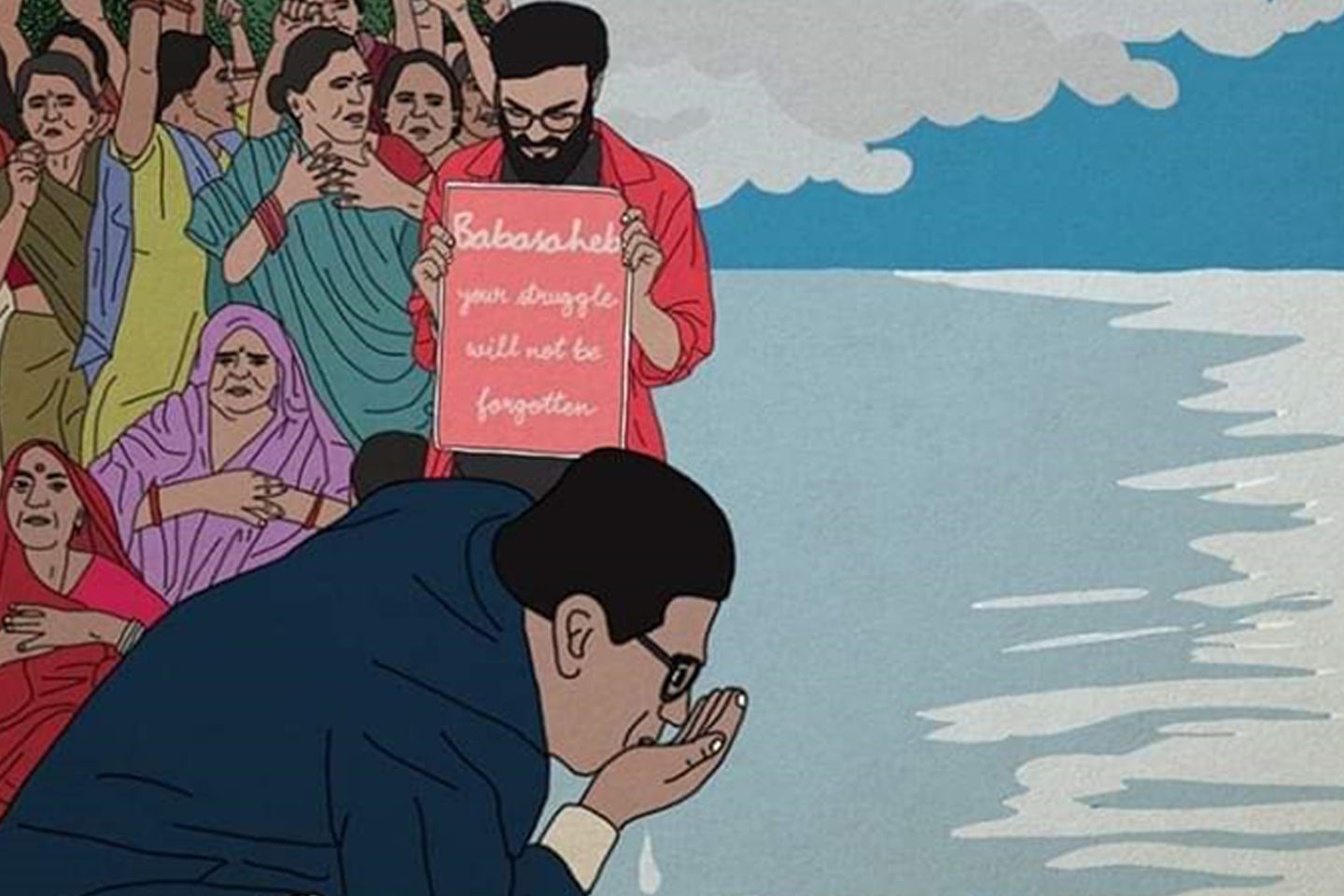The birth of the Indian caste struggle
On August 4, 1923, the Bombay Legislative Council adopted a resolution that recommended: “the Untouchable Classes be allowed to use all public watering places, wells and dharmshalas… as well as public schools, courts, offices and dispensaries.” But all of this was only on paper until Babasaheb and his confidantes challenged the social construct of discrimination and drank from a public well in Mahad.
Ambedkar had come to Mahad on the invitation of RB More (a political leader who focussed on the caste struggle) to preside over a 2-day conference on March 19-20, 1927, to raise awareness about Dalit civil rights. During this very conference, it was decided that the delegates and Babasaheb would march to the Chavdar tank – which the Upper Castes did not allow Dalits to use – and establish their legal and moral right by drinking from it.
Before this radical act, non-Dalits would pour water for Dalits in their utensils to not touch the water of the wells and make it “impure”. They lead a life of marginalisation, exclusion, and human rights violations. With the Bole resolution, lower castes were given access to public spaces. But Mahad Satyagraha truly put it into practice. And just by drinking the elixir of life, Ambedkar challenged the regressive caste-based social practices.
Mahad Satyagraha was a revolutionary movement not just to drink water, but for the human rights of a class that has been historically oppressed in India. Here Dalits defied all socio-cultural restrictions imposed by the upper castes. Thousands of Dalits gathered on December 25, 1927, at a conference where Dr Ambedkar burnt a copy of Manusmriti to register the Dalit opposition to caste-based discrimination in the name of religion. And on March 19, 1940, Dr Ambedkar held a rally and a public meeting in Mahad to recollect Mahad Satyagraha Day as Empowerment Day.
However, parts of India still follow the Manuvāda practice of not allowing Dalits to access handpumps, tube wells, etc in Upper-caste areas. One such area is Bundelkhand, which is constantly hit by water scarcity. For Dalits, this water scarcity meets the intersection of caste discrimination – water tankers are not sent to Dalit villages and Dalits must walk multiple kilometres just to get water.
Bundelkhand Dalits are still not allowed to touch the water of upper-caste Hindus. Dalits still faced healthcare shortages during the pandemic. And the ownership of economic establishments in India still follows a caste hierarchy. So even today the upper castes, who are financially and socially better off, can live a better life without being punished for their last name – and that must be changed.

